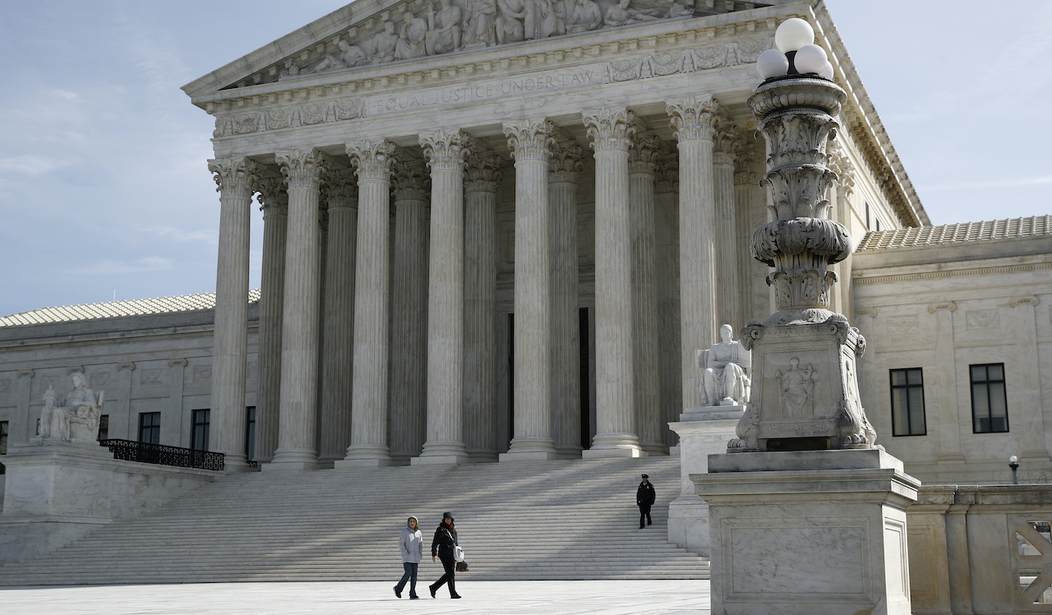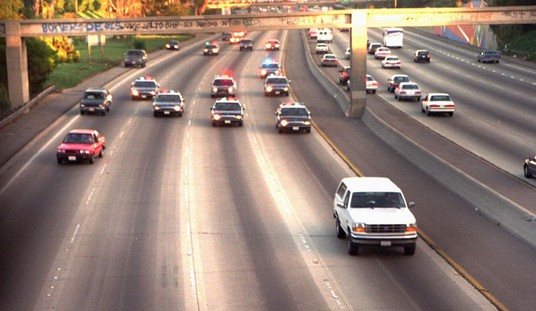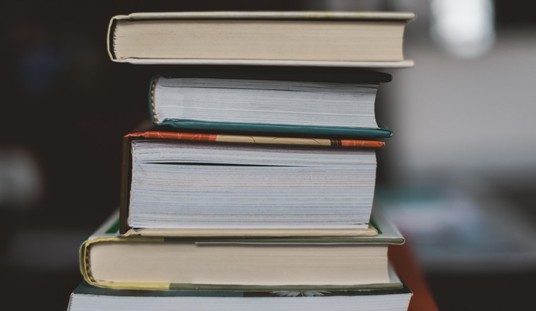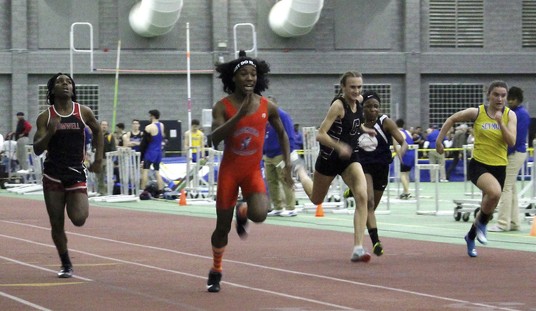Presuming that we will see a Biden Administration for some portion of the next four years, and a return by the Department of Justice to advocating against conservative cultural institutions like organized religion, there will likely be some serious clashes to come on issues involving the “Free Exercise” clause of the First Amendment.
The current conservative majority of the Supreme Court, now with the addition of Justice Barrett, has taken an ax to the case-law of the past 50 years that has allowed the free exercise of religion to be subverted to non-defined personal “liberty” claims by equating a showing of respect for religious beliefs and practices with advocacy of prohibited forms of discrimination.
In COVID-19 related litigation over the past six months, with religious organizations and institutions seeking relief from draconian restrictions on the time, place, and manner of allowed gatherings for religious purposes, the Court’s majority has elevated the right to “free exercise” back to the foundational position that it was given by the Framers in the First Amendment. In an odd way, advocates for increased respect of religious liberty claims have Chief Justice Roberts to thank for this.
He inadvertently kicked off the cycle of litigation that led to where we are today with a one-line reference in his opinion in South Bay v. Newsom, where he wrote:
Our Constitution principally entrusts “[t]he safety and the health of the people” to the politically accountable officials of the States “to guard and protect.” Jacobson v. Massachusetts, 197 U. S. 11, 38 (1905).
Jacobson has nothing to do with religious liberty or the First Amendment. Jacobson involved an outbreak of smallpox, where the Governor of Massachusetts ordered all citizens to be vaccinated. Those who refused were subject to a $5 fine.
South Bay was a challenge brought by a Southern California church to the early restrictions put in place by Calif. Gov. Gavin Newsom, which limited gatherings for religious purposes to no more than 25% of the building’s maximum occupancy, up to a maximum number of 100. Other “social activities” of secular nature had similar restrictions, but some activities or services the Order deemed “essential” were exempted from the restrictions.
The Chief Justice joined with the four liberals then on the Court in denying an emergency application for an injunction barring the enforcement of Newsom’s order on religious activities. It was in his concurring opinion that he wrote the sentence quoted above.
His concurrence was much criticized as sloppily reasoned because the issue raised was a First Amendment “fundamental right”, for which the Court for many decades AFTER Jacobson developed well-established constitutional jurisprudence for determining whether the restrictions on the exercise of fundamental rights stand-up to constitutional scrutiny. But the Chief Justice didn’t spend even a moment considering the normal process by which such questions are now addressed, and instead focused on the “police powers” of a state executive to take steps during a public health crisis based on the advice of health experts. In doing so, he failed to acknowledge that “fundamental” rights are supposed to be intruded upon ONLY when no less intrusive alternative is available to the state.
Where those broad limits are not exceeded, they should not be subject to second-guessing by an “unelected federal judiciary,” which lacks the background, competence, and expertise to assess public health and is not accountable to the people.
When Justice Barrett was confirmed to the Court to replace the late Justice Ginsburg, the four conservatives who had dissented in South Bay now had their fifth vote, and they wasted little time in striking back with a force that registered a seismic shift on the issue of “religious freedom.”
Three weeks ago the Court reversed the Second Circuit Court of Appeals and invalidated the restrictions imposed on religious organizations in New York. In Roman Catholic Diocese v. Cuomo, the Court voted 5-4 to enjoin the enforcement of the COVID-19 restrictions on religious services, and five conservatives announced the “new world order” on the issue of “religious freedom.”
The Court noted that in the lower court, the evidence presented showed that under certain circumstances a religious gathering could not exceed 10 people, while there would be no limit on the number of people who could be present at the same time at campgrounds. acupuncture facilities, garages, as well as many businesses whose services are not limited to those that can be regarded as essential, such as all plants manufacturing chemicals and microelectronics and all transportation facilities. While attendance at houses of worship is limited, some non-essential businesses may decide for themselves how many persons to admit. At the hearing, a health department official testified about a large store in Brooklyn that could “literally have hundreds of people shopping there on any given day” but a nearby church or synagogue would be prohibited from allowing more than 10 or 25 people inside for a worship service.
Because the challenged restrictions are not “neutral” and of “general applicability,” they must satisfy “strict scrutiny,” and this means that they must be “narrowly tailored” to serve a “compelling” state interest. Church of Lukumi, 508 U. S., at 546. Stemming the spread of COVID–19 is unquestionably a compelling interest, but it is hard to see how the challenged regulations can be regarded as “narrowly tailored”… Members of this Court are not public health experts, and we should respect the judgment of those with special expertise and responsibility in this area. But even in a pandemic, the Constitution cannot be put away and forgotten. The restrictions at issue here, by effectively barring many from attending religious services, strike at the very heart of the First Amendment’s guarantee of religious liberty. Before allowing this to occur, we have a duty to conduct a serious examination of the need for such a drastic measure.
Recognizing how the Roman Catholic case had effectively overruled the Chief Justice’s concurring opinion in South Bay, a unanimous panel of the 9th Circuit Court of Appeals today struck down a COVID-19 restriction from Nevada on religious services. In Calvary Chapel v. Nevada, the Court wrote:
The Supreme Court’s recent decision in Roman Catholic Diocese of Brooklyn v. Cuomo, — S. Ct. —-, 2020 WL 6948354 (2020) (per curiam), arguably represented a seismic shift in Free Exercise law, and compels the result in this case… Because “disparate treatment” of religion triggers strict scrutiny review—as it did in Roman Catholic Diocese—we will review the restrictions in the Directive under strict scrutiny…. To survive strict scrutiny review, the Directive “must be ‘narrowly tailored’ to serve a ‘compelling’ state interest.”
When considering the scope of the Nevada restrictions, and the manner in which other similar institutions were handled under the Governor’s orders, the Ninth Circuit found they were not “narrowly tailored” and therefore did not pass the “strict scrutiny” test.
This appears to be a foundation upon which the Supreme Court will expand the legal protections afforded religious liberty, and curtail the use of state laws inhibiting the free exercise of religion in pursuit of non-secular liberty interests. The five-judge conservative bloc — with the Chief likely joining them more often in the future, is unlikely to allow state or federal agencies to “regulate” the free exercise of religion in pursuit of non-secular goals.















Join the conversation as a VIP Member